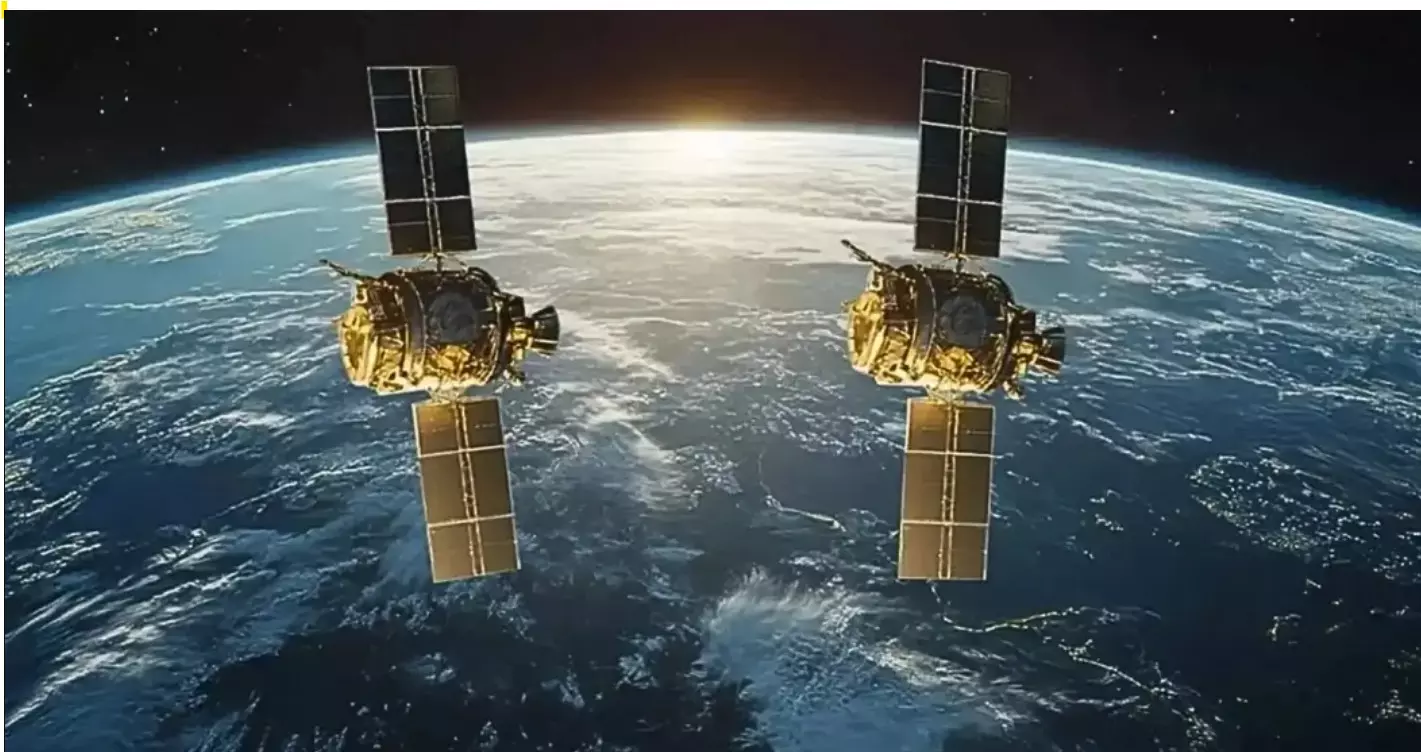Cosmic Transcendence
With the launch of the SpaDex docking mission and international collaborations, India’s space trajectory has shifted from developmental needs to strategic exploration

Shifting from a development rationale to a mindset that involves security, stability and recognition in the international arena, the Indian space policies have become more exploratory in their approach. Recently, ISRO made headlines with the “India on the Moon” project, the successful launch of the SpaDex docking mission and the follow up missions under the Mangalyaan and the Mars Orbiter Missions. PM Narendra Modi on his monthly radio show “Mann Ki Baat”, urged citizens to recognise the National Science Day (February 28) as “one day as a scientist” to foster scientific curiosity among the youngsters and encourage a scientific atmosphere in the country. India has always recognised that outer space has dimensions beyond national considerations, which can only be addressed along with international partners. This explains the various space collaborations that India has undertaken to improvise its space missions like astronaut training programmes, joint satellite missions, space technology cooperation, fraternising with space agencies of different countries around the globe, knowledge sharing, etc. From here on, it is difficult to foresee ISRO’s failures but not its successes.
New Delhi’s space missions are now aimed at the Moon and Mars. Earlier, being a developing nation with limited resources and higher dependency on major developed nations, India’s space programmes were less experimental and mostly focused on social and economic development needs of the country. Over time, military and security imperatives took over the centre stage of India’s rocketry visions. The SpaDex docking process gears up India’s ambition of establishing the Bharatiya Antriksh Station (BAS), thereby, allowing India to undertake astronaut launches in the space, collect space samples from the Moon, initiate electric power transfer between the docked spacecrafts, etc., which is important for the Chandrayaan 4 and the Gaganyaan mission. Technically, this is a breakthrough in India’s progress towards launching advanced lunar missions in the near future. India’s space missions have recently seen newer heights and gained global attention. Its evolution and transformation depicts India’s technological prowess, scientific, strategic advancement and expertise and its strong will to become a major competitor in this most unifying boundary-less endeavour human beings have undertaken.
The first experimental satellite programme launched in India was to relay television programmes and for radio networking. It opened newer avenues for building three axis connectivity including technological advancement and telecommunications. On March 13, 9:20 hrs, ISRO successfully carried out the undocking of the SpaDex satellites that involved the victorious separation of the SDX01 (Chaser) and SDX-02 (Target) satellites. Success of this cost-effective technological demonstration makes India the 4th country to have docking capabilities in outer space. SpaDex provides accurate position, navigation and timing information of the Indian satellites in space. It also paves way for India towards “Space biology” under the current leadership. India’s New Space Policy has opened doors for space exploration like never before, and in the upcoming years, it’s going to be thrilling to witness what ISRO unfolds.
The satellites were initially docked on January 16, 2025 and the undocking procedure was carried out in a 470 km circular orbit with a 55-degree inclination. The entire process was closely monitored through the Bengaluru, Lucknow, and Mauritius ground stations. Docking is a process through which two spacecraft physically connect with each other for purposes like astronaut supply or exchange, collection of outer space samples like soil, rock, rare earth minerals or spacecraft assembly, etc. SpaDex docking mission is one of the most difficult docking missions ever undertaken and remains one of its kind due to the use of small size satellites that require higher precision as compared to two larger spacecrafts being docked. The speciality of this docking mission lies in the usage of a novel RODP processor which provides accurate information about the relative positioning of the Chaser and the Target satellites. With this docking programme, India will be able to record the radiation dose met in space and further develop space science researches, especially related to human flights. It will further be able to closely monitor natural resources and vegetation conditions in outer space.
As India is set to launch many more new advanced space programmes, it is gearing up to take a huge leap in the space economy. India is now preparing to be a global leader with activation and advancement in all sectors. With more liberalised policies, technological advancement, increased private sector participation and public-private partnership, India’s space capabilities are catching up with the world trends and are unlocking new horizons. India’s future in the space sector looks brighter than ever before.
The writer is a PHD Scholar, Department of International Relations. Views expressed are personal



